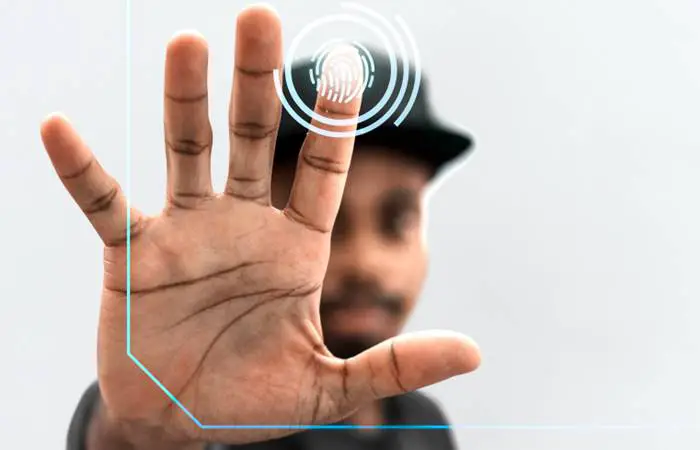In today’s digital landscape, biometric authentication methods have gained significant prominence due to their numerous advantages over traditional password-based systems. Biometrics utilizes unique physical or behavioral characteristics to verify and authenticate individuals, offering enhanced security and convenience. This article delves into the notable advantages of biometrics in modern authentication.
Advantages of Biometrics:
1. Unparalleled Security
One of the foremost advantages of biometrics is its unparalleled security. Unlike passwords that can be easily guessed or hacked, biometric features such as fingerprints, iris patterns, or facial recognition provide highly accurate and unique identification. This significantly reduces the risk of unauthorized access, identity theft, and fraudulent activities.
2. Improved User Experience
Biometric authentication offers a seamless and user-friendly experience. Users no longer need to remember complex passwords or go through the hassle of frequent password changes. With biometrics, individuals can simply utilize their physical traits or behaviors, eliminating the need for memorization and reducing the chances of forgotten passwords or login issues.
3. Enhanced Convenience
Biometric authentication methods provide a high level of convenience. Users can quickly and effortlessly authenticate themselves with a simple scan or touch, eliminating the need for typing passwords. This streamlined process saves time, particularly in scenarios where fast and frequent access is required, such as unlocking smartphones or accessing secure facilities.
4. Resistance to Replication and Forgery
Biometric features possess inherent characteristics that make them extremely difficult to replicate or forge. For instance, fingerprints have intricate patterns, iris structures are unique, and facial recognition algorithms can detect liveness and deter spoofing attempts. These inherent properties make biometrics highly resistant to fraudulent activities, ensuring the authenticity of the individual being authenticated.
5. Scalability and Versatility
Biometric authentication methods offer scalability and versatility across various applications and industries. Biometric systems can handle large user databases, making them suitable for organizations with numerous employees or extensive customer bases. Additionally, biometrics can be integrated into different devices and platforms, including smartphones, laptops, access control systems, and even payment systems, providing a unified authentication approach.
6. Auditable and Non-repudiable
Biometric authentication provides an auditable and non-repudiable method of identification. Every authentication attempt leaves a unique biometric trail, enabling organizations to track and monitor access activities for security purposes. This auditability ensures accountability and helps in investigations if any security breaches occur.
7.Adaptability and Future-proofing
Biometric technology continues to evolve, allowing for adaptability to emerging security challenges. As new biometric modalities and algorithms are developed, systems can be upgraded to incorporate these advancements. This adaptability ensures that biometric authentication remains effective and resilient against evolving threats, making it a future-proof solution.
Read also: 3FA: Strengthening Security with Three-Factor Authentication
Conclusion
The advantages of biometric authentication, including unmatched security, improved user experience, convenience, resistance to replication, scalability, and adaptability, make it a compelling alternative to traditional password-based systems. By embracing biometrics, organizations can enhance their security posture, safeguard sensitive information, and deliver a seamless user experience in the digital age.

